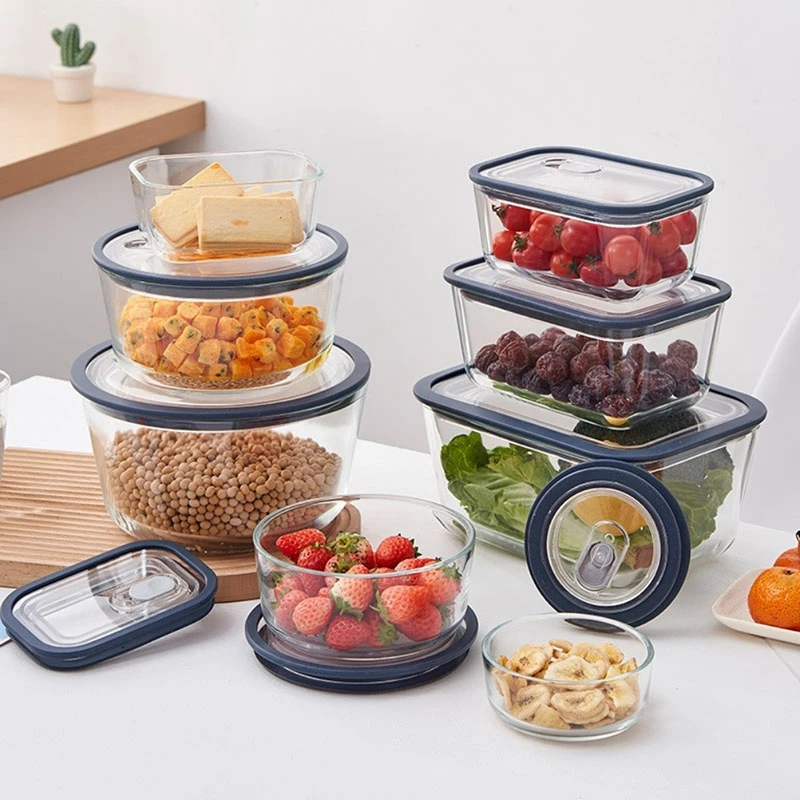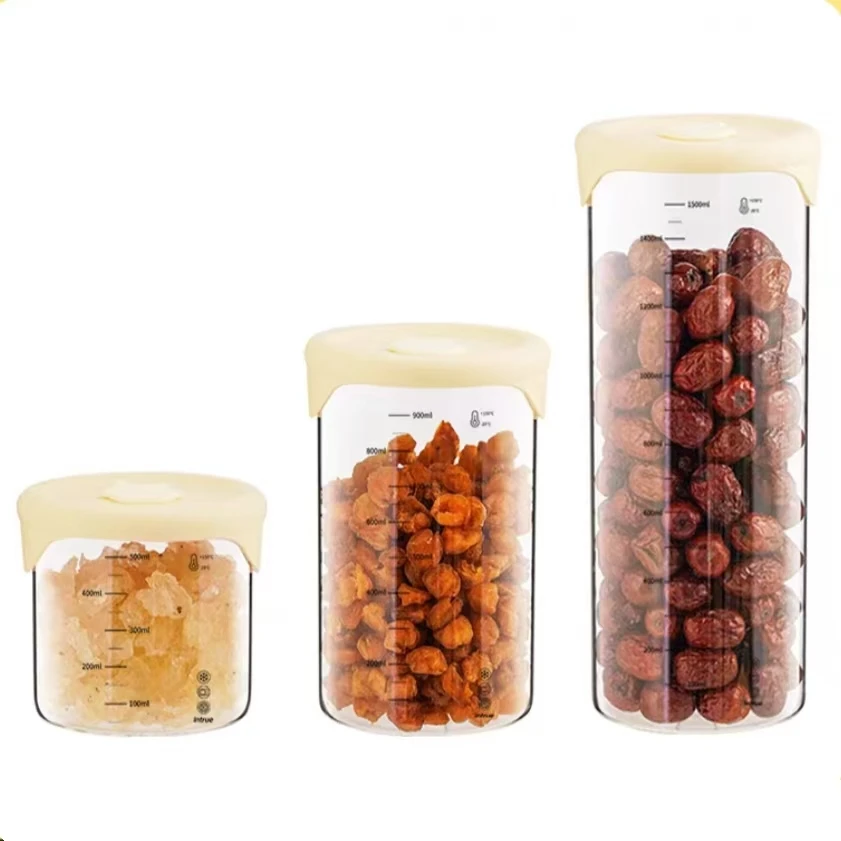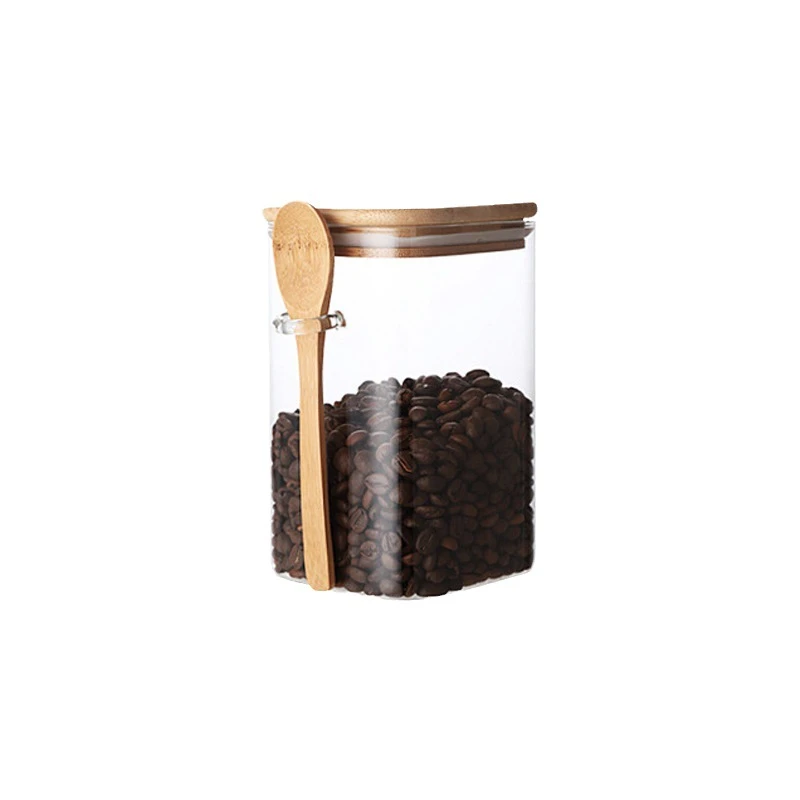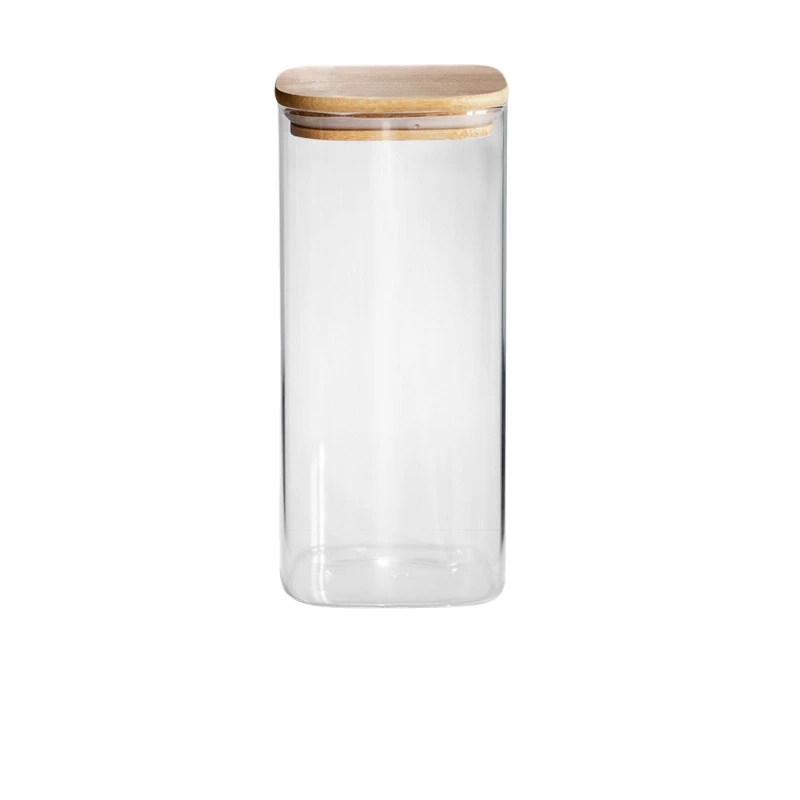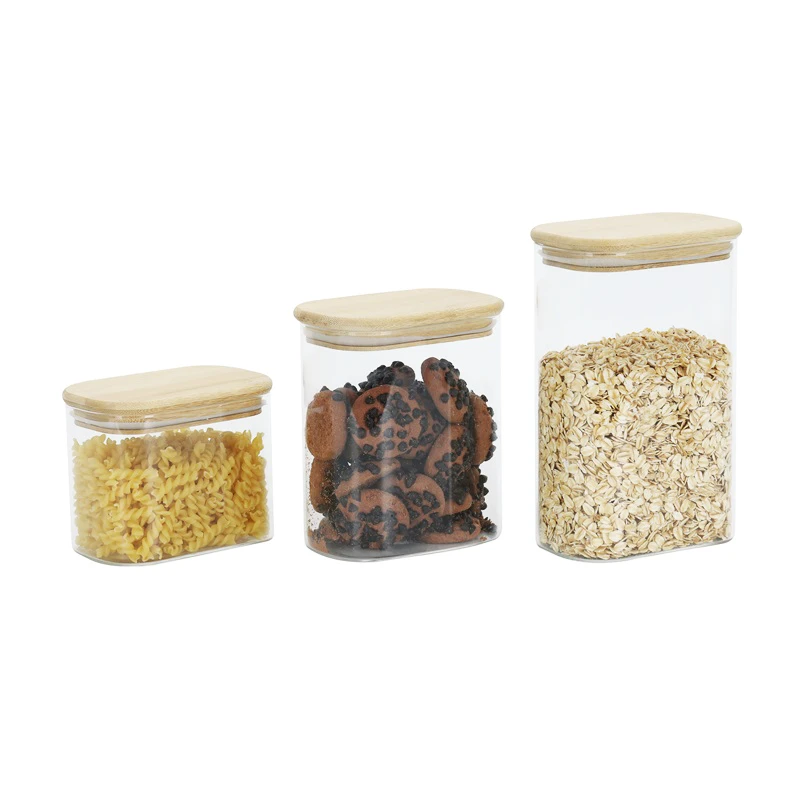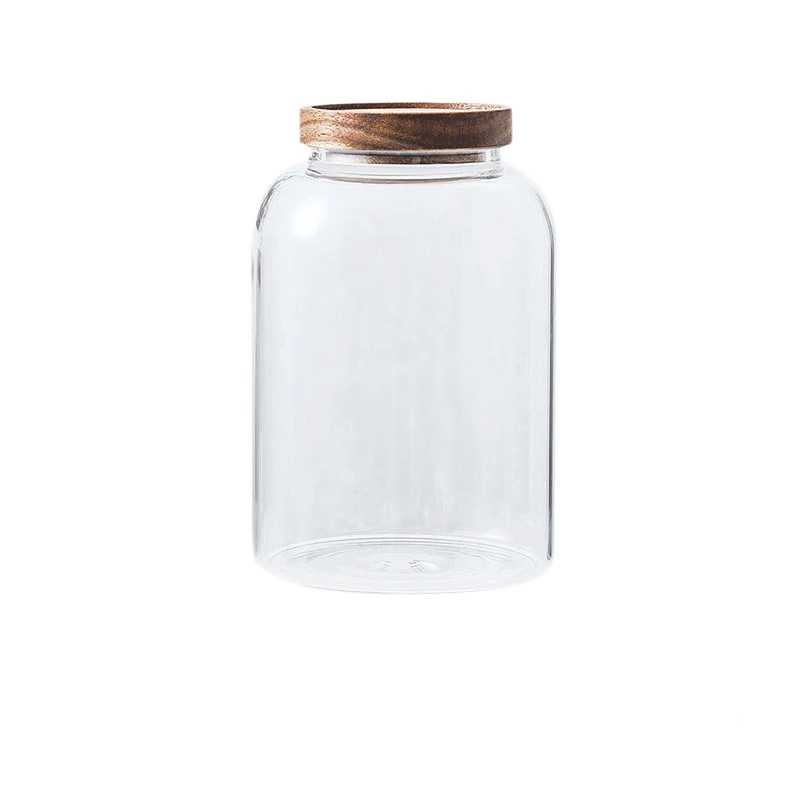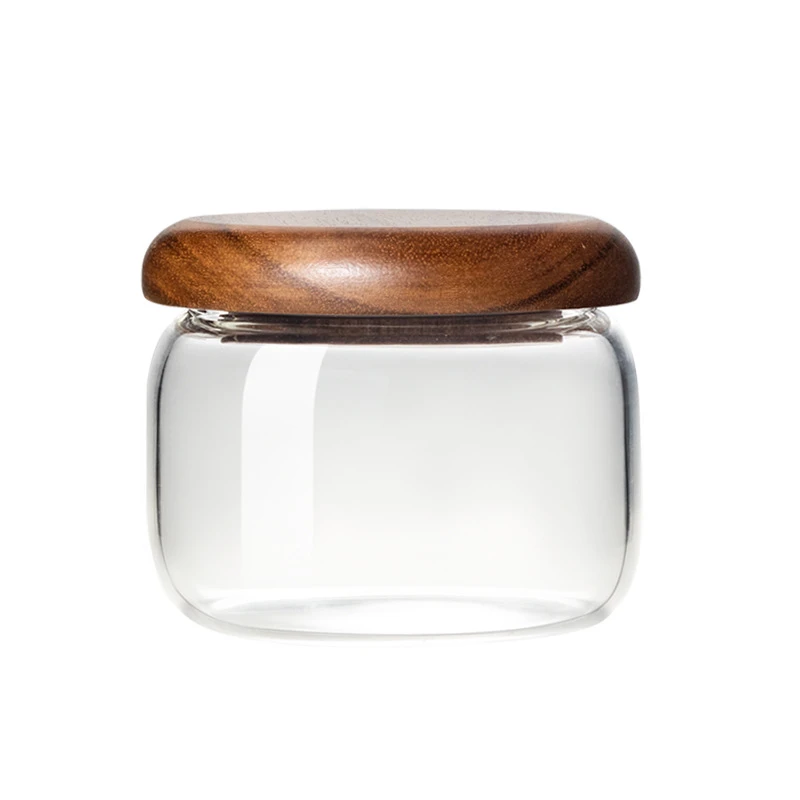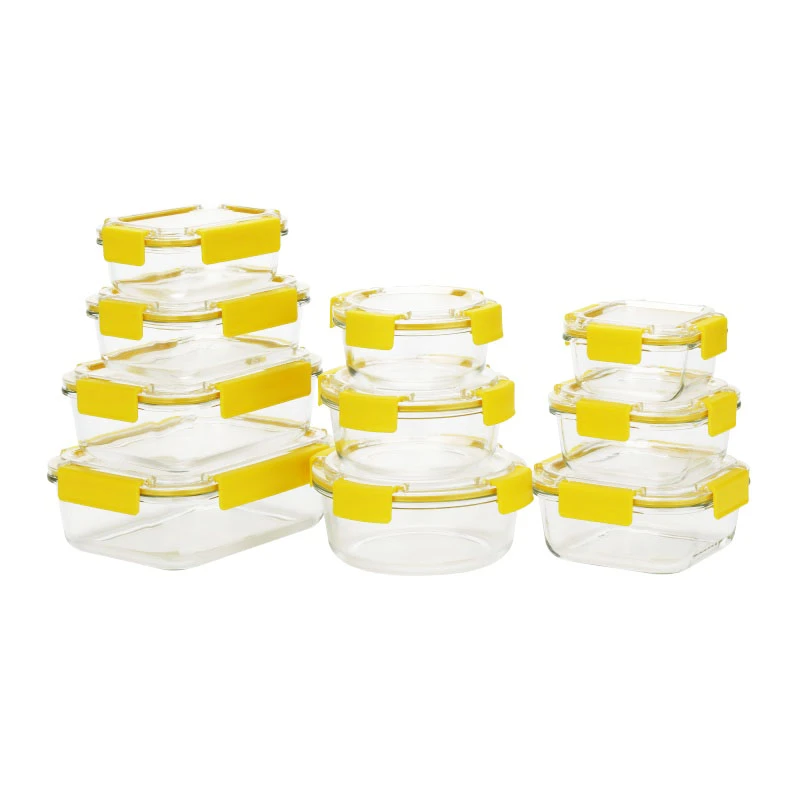 TEL: +86 311 67799298
TEL: +86 311 67799298 leka uila: tina@yintoglassware.com
leka uila: tina@yintoglassware.com
Features and benefits of glass food storage container with lid
With the improvement of people's living standards and the enhancement of health awareness, the choice of food storage containers has become particularly important. Among numerous food storage containers, glass food storage container with lid have gradually become the preferred choice in home kitchens and commercial dining environments due to their unique characteristics and significant benefits. This article will explore the main characteristics and benefits of glass food storage containers.
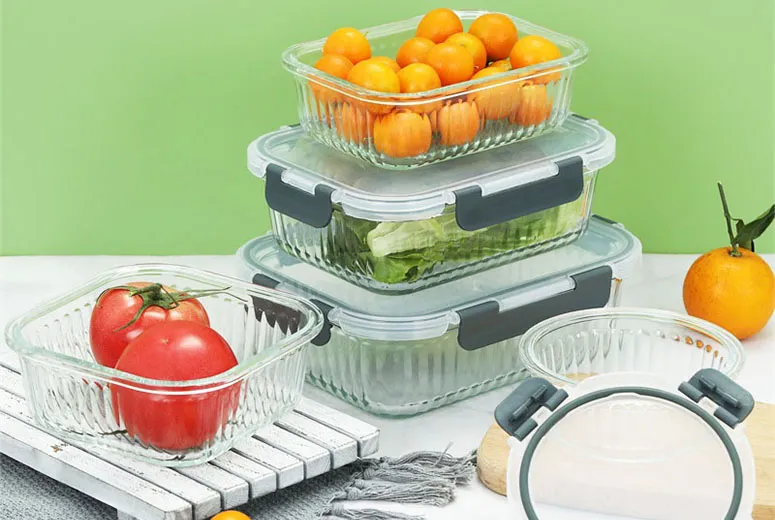
A significant feature of glass food storage containers with lids is their durability and stability
Compared to plastic containers, glass food storage containers are less prone to scratching and will not deform or release harmful substances due to high temperatures. In addition, glass itself has good chemical stability, which can effectively resist the erosion of various food ingredients, avoid chemical reactions between food and containers, and thus protect the original flavor and nutritional content of food.
Glass food storage container with lid also has certain visual advantages
The transparent material allows users to easily view the food inside the container without opening the lid for inspection. This convenience not only improves the efficiency of use, but also effectively reduces unnecessary air contact, thereby extending the shelf life of food. In addition, many glass containers are exquisitely designed and can serve as decorations on dining tables, enhancing the overall dining experience.
Glass food storage container with lid has good sealing properties
Most ipu aniani are equipped with high-quality sealing covers, which can effectively prevent the entry of air and moisture, reducing the probability of food spoilage and deterioration. This is particularly important for storing perishable ingredients such as fruits and vegetables, ensuring the freshness and taste of the food.
Another undeniable advantage is the environmental friendliness of glass food storage containers with lids
Glass is a recyclable material, and compared to disposable plastics, the use of glass containers can effectively reduce environmental pollution. After the end of its service life, nā ipu aniani me nā poʻi can be recycled and reused to reduce resource waste and achieve sustainable development.
Glass food storage container with lid suitable for various temperature conditions
Most ipu ʻai aniani can be safely used in refrigerators, microwaves, and even ovens, providing more flexibility in heating and storing food. This means that users can easily store leftover food directly in the refrigerator or heat it up when needed without changing the container.
In summary, glass food storage containers have become the preferred storage tool for an increasing number of households and dining establishments due to their durability, visual transparency, good sealing, environmental friendliness, and versatility. With the increasing public awareness of healthy eating and environmental protection, the use of glass food storage containers will continue to grow, bringing a safer and more convenient food storage experience. By choosing glass containers, consumers can not only enjoy high-quality food preservation methods, but also contribute to environmental protection.
-
Unparalleled Convenience by High Borosilicate Glass Bottle with a Cork LidNūhouJul.17,2025
-
The Versatility and Convenience of Glass Salad Bowl SetsNūhouJul.17,2025
-
The Practical Wide Application of High Borosilicate Glass Food Storage ContainerNūhouJul.17,2025
-
High Borosilicate Colored Glass Bowl VS Soda-Lime Glass and Tempered GlassNūhouJul.17,2025
-
Creativity with Customized Colored Glass Dinnerware Sets for SaleNūhouJul.17,2025
-
Advantages Analysis of Double Wall French PressNūhouJul.17,2025


